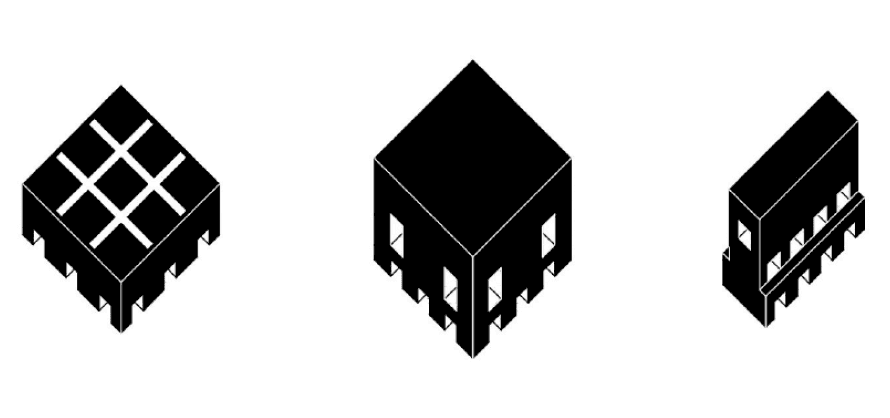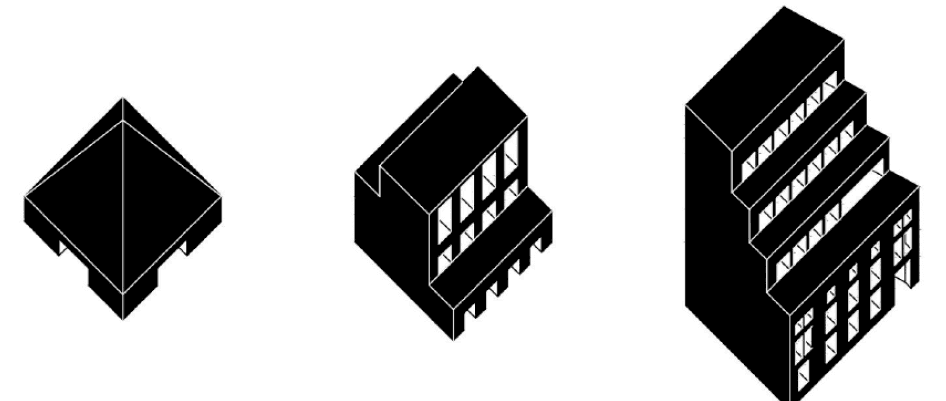
SOUND AND SENSE.
Aware that life is based on a continuous mutation, in our view, thinking about architecture, and about life, no longer tries to settle on a set of immutable truths, the fruit of a tireless search for perfection that has accompanied humanity since its origins.
Our life as a species is characterized by the uninterrupted conversation that human beings establish with the world around them; with animate beings and inanimate beings, and the world, in turn, questions us.
In this conversational world, we cannot help but bring to mind our private obsession with making an architecture that, from the optimism of the possible, works on equality and diversity, an architecture that works on what unites us and what makes us different: an architecture, in short, made for people, by people and with people.
On the other hand, it should be noted that the permanent oscillation of “sound and sense” inherent to conversation, borrowing the words of Paul Valery when he speaks of poetry, applies in architecture to its vocation of being a mediated creative action, or what is the same, an “impure art”, quoting in this case Professor Antón Capitel.
An impure art that arises from an optimistic coincidence of private obsessions and public needs, as Richard Rorty would say when speaking of knowledge. Private obsessions that are of a personal nature, and therefore subjective, and public needs that derive from what society, in a supposedly objective way, demands of architecture, from the constraints that are inherent to the discipline and from the reality of the environment in which our activity is carried out.

Thus, the architecture that interests us claims a more social, more participative and more sustainable practice, in which thinking about the world, about society, about the environment and about people, must be the starting point of its capacity to improve reality.
In this way, the social, the participative and the sustainable must build the fabric of an architecture where ideas struggle to transform themselves into matter, and where the architect feels constrained by a complex reality and, at the same time, liberated from it.
That is why the architecture that seems pertinent to us for this moment of change demands less visibility, refusing to become a simple embellishment of reality and accepting the character of service to society that it always had.
And this is where we must emphasize the vocation that architecture has of prioritizing ideas over forms, of prioritizing ethics over aesthetics, of prioritizing respect for what exists over the lack of respect for what exists, of prioritizing the collective over the private and of prioritizing, in short, the "we" over the "I."
